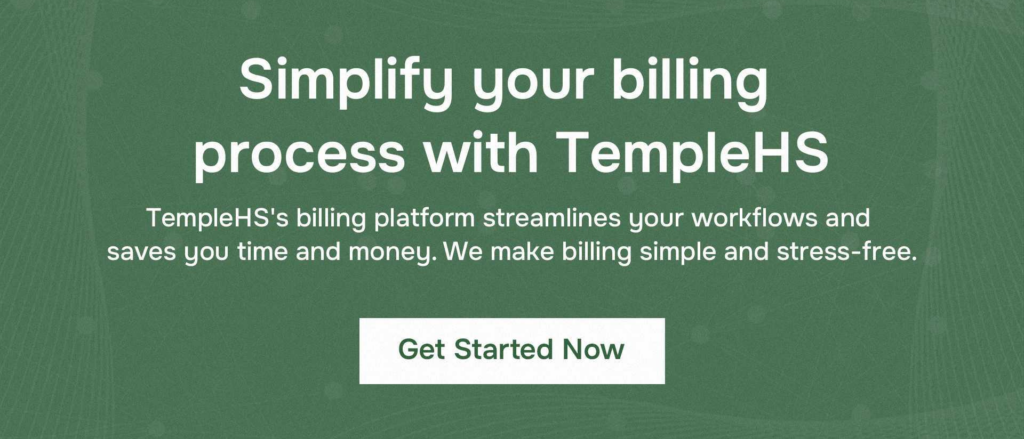Benefit verification is a critical step in ensuring smooth healthcare operations and improving patient satisfaction. This process involves confirming a patient’s insurance coverage and eligibility for services, which helps avoid unexpected costs and delays in care. Despite its importance, ineffective benefit verification often leads to billing errors, claim denials, and frustration for both patients and providers.
This article explores the role of benefit verification in enhancing healthcare practices, common challenges in the process, and strategies to optimize it for better outcomes.
The Importance of Benefit Verification
Accurate benefit verification is the foundation of a seamless healthcare experience. It ensures that patients are informed about their coverage and financial responsibility before receiving services, reducing the likelihood of disputes or surprises later. For providers, verifying benefits helps streamline billing processes and minimize claim rejections, improving cash flow and operational efficiency.
Effective benefit verification also strengthens patient trust. When patients clearly understand their coverage, they feel more confident in their healthcare decisions. Transparent communication about costs fosters a positive relationship between providers and patients, enhancing satisfaction and loyalty.
Challenges in Benefit Verification
Despite its critical role, benefit verification is often fraught with challenges that can disrupt healthcare practices:
- Complex Insurance Policies: The complexity of insurance plans, with varying terms, exclusions, and pre-authorization requirements, makes it difficult to confirm accurate benefits quickly.
- Limited Access to Information: Providers may face delays in obtaining information from insurance companies, particularly for out-of-network patients or during peak periods.
- Human Errors: Manual verification processes are prone to errors, such as misinterpreting policy details or inputting incorrect patient information.
- Lack of Communication: Gaps in communication between providers, insurers, and patients can lead to confusion and disputes over coverage or out-of-pocket costs.
Strategies to Optimize Benefit Verification
1. Invest in Technology
Leveraging advanced technology is one of the most effective ways to enhance benefit verification. Automated systems and software solutions can instantly check insurance coverage, retrieve eligibility details, and flag discrepancies. These tools reduce manual workloads, minimize errors, and speed up the verification process.
Integration with electronic health records (EHRs) further streamlines operations by centralizing patient data and enabling real-time updates. Practices that invest in robust technology solutions can significantly improve their efficiency and accuracy.
2. Train and Support Staff
Providing thorough training for administrative staff involved in benefit verification is essential. Employees should be well-versed in interpreting insurance policies, navigating verification tools, and communicating effectively with insurers and patients. Regular workshops and updates on industry changes ensure staff stay informed and competent.
Support systems, such as clear workflows and access to resources, enable teams to handle complex verification tasks confidently and accurately.
3. Establish Clear Communication Protocols
Open and transparent communication is crucial for effective benefit verification. Practices should establish protocols for informing patients about their coverage and financial responsibilities early in the process. This includes providing clear estimates of costs, explaining policy details, and addressing patient questions promptly.
Effective communication with insurance providers is equally important. Practices should develop relationships with key contacts at major insurers to expedite verification and resolve issues efficiently.
4. Conduct Regular Audits
Periodic audits of the benefit verification process help identify inefficiencies, errors, or gaps in workflows. These reviews provide valuable insights into areas needing improvement, such as staff training or system upgrades. By continuously refining their processes, practices can maintain high standards of accuracy and efficiency.
5. Prioritize Pre-Authorization
Many insurance plans require pre-authorization for specific services, and failing to secure approval can lead to claim denials. Establishing a dedicated team or workflow for managing pre-authorizations ensures these requirements are met promptly, reducing delays in care and billing issues.
The Benefits of Optimized Benefit Verification
Healthcare practices that prioritize effective benefit verification reap numerous benefits, including:
- Improved Financial Health: Accurate verification reduces claim denials and billing errors, leading to faster reimbursements and a more stable cash flow.
- Enhanced Patient Satisfaction: Transparent communication about coverage and costs fosters trust and reduces patient anxiety, creating a more positive experience.
- Operational Efficiency: Streamlined verification processes save time and resources, allowing staff to focus on delivering high-quality care.
- Reduced Legal and Compliance Risks: Ensuring compliance with insurance policies and regulations minimizes the risk of audits, penalties, or disputes.
Conclusion
Effective benefit verification is essential for enhancing healthcare practices, ensuring smooth operations, and improving patient experiences. By investing in technology, training staff, and establishing clear communication protocols, providers can overcome the challenges of complex insurance systems and deliver seamless care.



